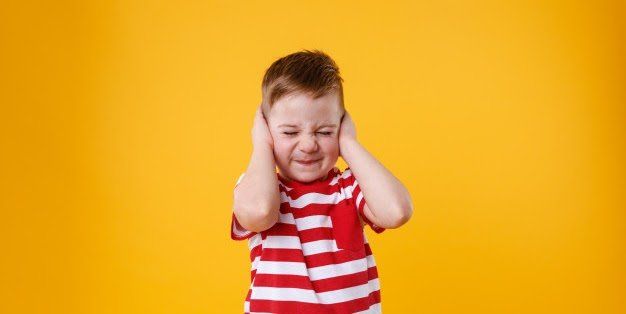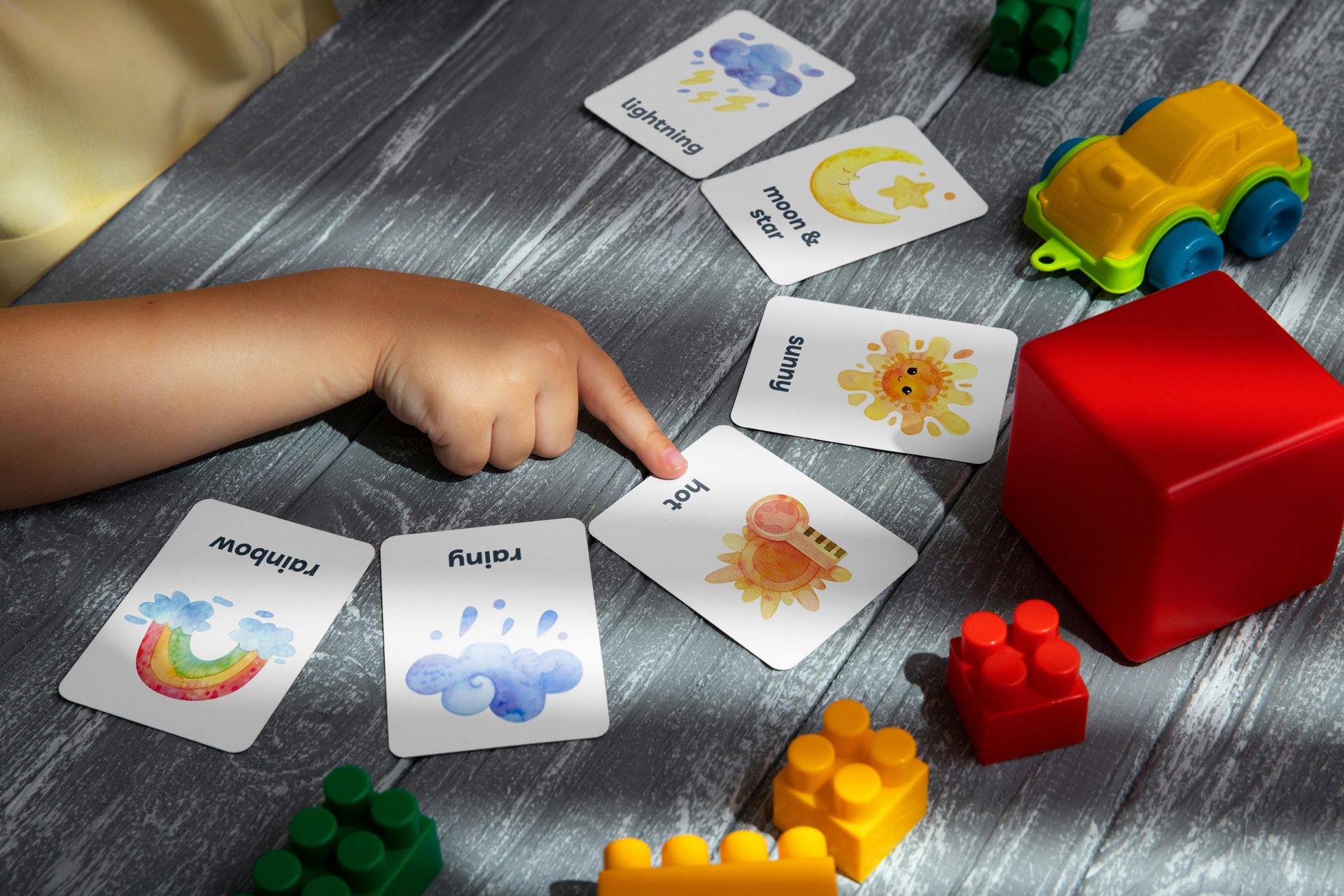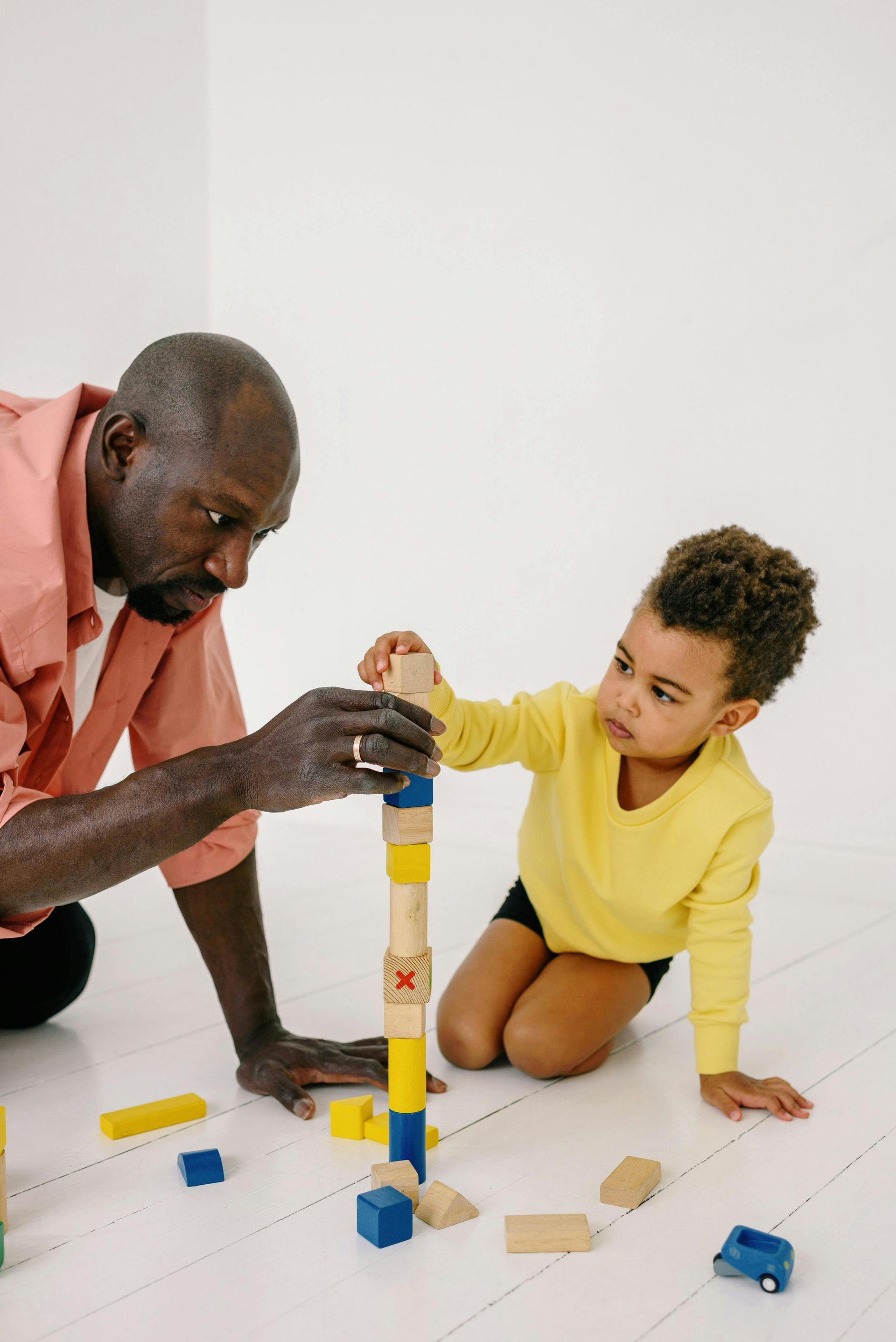Things NOT to do for Your Child with Austim
Things NOT to do for Your Child with Austim
There are many things parents of children with autism are told they must do for their child, but today we take a look at best practices from a different perspective. Here are our top three things NOT to do for a child with autism.
DON’T: Have Unclear Expectations
It can be incredibly confusing and unhelpful for a child with autism when parents or teachers have unclear expectations. Leaving expectations unstated or ambiguous can lead to an increase in challenging behaviors and frustration for all involved. Stated expectations can range from daily self-care habits like brushing teeth or washing hands to expectations of behavior such as using our words to communicate or treating others with respect. These expectations should be taught and practiced and will lead to improving a child’s life skills overall, therefore don’t make the mistake of setting unclear expectations.
DON’T: Ignore Antecedents and Consequences
A child’s actions are influenced by what happens before and after their behaviors. An antecedent is a triggering event or specific environment that “sets the stage” for a certain behavior. For example, a child may exhibit behaviors following unpleasant sensory input, being told that it’s time for bed, or any number of things. What follows the behavior itself is referred to as a consequence—whether positive or negative—and consequences can reinforce an undesirable behavior. For example, if the child gets their way after throwing a tantrum, this only encourages the child to repeat this behavior in the future. Understanding antecedents and consequences helps a caregiver understand a child’s behavior. Without this understanding, a child’s behaviors may seem random and uncontrollable. Don’t underestimate the power of this knowledge.
DON’T: Keep Expectations Low
Children with autism are beautiful, wonderful, incredible human beings! Never believe anything less of your child. It is up to you to encourage them and push them to learn and grow and become the best version of themselves that they can be. Some parents may keep their expectations low to avoid disappointment. But don’t be afraid to challenge your child in small, attainable steps. Reaching new goals and accomplishing new tasks can be a huge boost to a child’s self-confidence. Sometimes you never know what they can do until you encourage them to try. Don’t be afraid to have high expectations for your child, and watch over time as they rise up to reach them!











